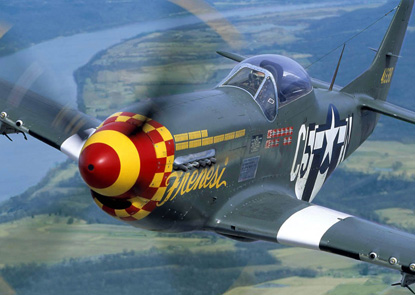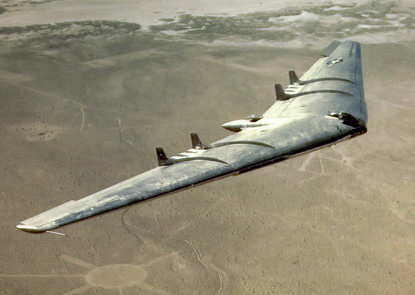History
Controlling the vehicles of the future since 1957, in the air, on land and sea.
In 1957, Irving L. Ashkenas and Duane T. McRuer founded Systems Technology Inc. (STI) and located the company in Hawthorne, California.
We have been advancing the state-of-the-art of flying ever since. Systems Technology wrote the original fundamental references for comprehending, designing and analyzing flight control systems for manned aircraft. The company continues to build upon the firm foundation of dynamic analysis, control system design and flying quality assessments that was established at the beginning and remains an integral part of STI’s DNA.
The company’s evolution
As the organization has evolved over the years, Systems Technology remains at the forefront of aerospace vehicle dynamics, flying qualities, and pilot-vehicle systems for a wide range of vehicle types from fixed wing to rotary wing to lighter-than-air, from commercial to military, from subsonic to hypersonic, and from manned to unmanned systems.
Today Systems Technology is an industry leader in consulting, research, development and simulation applications. Building on our aerospace expertise, we provide engineering consulting services and solutions for all types of complex dynamic systems and the human beings that operate them in the air, on land and sea, from automobiles to industrial controls. Our years of research and engineering consulting successes have also laid the foundation for our own simulation products
Our founders: celebrated pioneers in flight control
Systems Technology’s founders were two celebrated pioneers in what was a nascent field: Dwane T. McRuer (“Mac”) and Irving Ashkenas, who left Northrop in 1957 to start Systems Technology, where they continued their cutting-edge work in the development of solutions for the new challenges presented by modern aircraft.
Irving Ashekenas
Irving Ashkenas attended the California Institute of Technology where he earned his Bachelor of Science degree and two Masters Degrees and graduated with honors in 1939. His professional career began at North American Aviation where he played a key role in the development of the P-51, one of the most famous aircraft of World War II. The original design was prone to overheating and Ashkenas developed the signature air inlet design that overcame this problem.
During his fourteen years with Northrop Aircraft, he worked on the aerodynamics and control system design of such pioneering aircraft as the Northrop flying wings, and the P-61 and F-89 fighters. Over his long and distinguished career, Ashkenas served on a number of investigative and government oversight committees, generated some 70 technical papers, wrote five books and held eight patents for various aircraft control systems and a device for measuring the psychomotor capability of pilots and astronauts.
Duane “Mac” McRuer
Duane T. McRuer served in the Navy and upon graduation from the California Institute of Technology, joined Northrop Aircraft and quickly became the Technical Chief of Flight Control. He spearheaded many flight control developments on such aircraft as the Northrop flying wings and the F-89 fighter, a mainstay of the Korean War.
While at Northrop, McRuer also took an active role in disseminating his ideas through a series of reference books underwritten by the Navy Bureau of Aeronautics. This work later evolved to become the widely used graduate-level text Aircraft Dynamics and Automatic Control co-authored with Dunstan Graham and Irving L. Ashkenas. Along with the book Analysis of Nonlinear Control Systems, written by McRuer and Graham, evolving technology was disseminated to a generation of engineers working in these fields and, no doubt, influenced the design of control systems in a wide range of vehicles.
The STI team: innovations in control systems
At STI, rapid advancement in the design of aircraft following World War II called for major new developments in aircraft flight control system technology. Through the ensuing years, Ashkenas and McRuer assembled and grew a team that established a reputation for conducting cutting edge research and development in aircraft dynamics and flight control. Over time, the team broadened their interests to many vehicle types including submarines, airships, cars, trucks, trailers, and tanks. The Systems Technology team specialized in the intersecting areas of dynamic systems and human behavior, known as manual control theory.
In their early careers, our founders played key roles in the development of legendary aircraft such as the P-51 in World War II (top photo below). Later at Northrop they collaborated on development of the Northrop flying wings (middle photo). Today STI provides solutions for advanced aircraft such as the X-47B (bottom photo).


